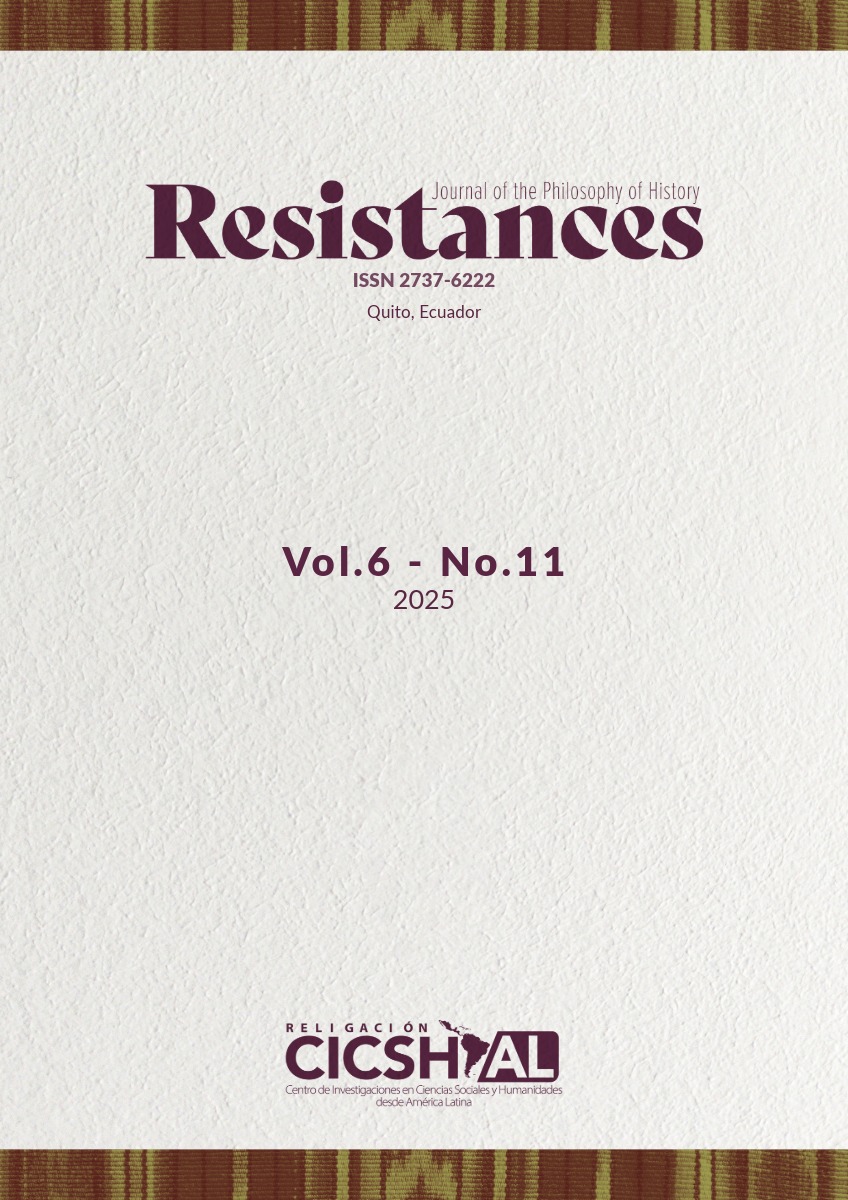Abstract
The textile industry in Ecuador faces significant environmental challenges due to high water consumption, waste generation, and limited access to sustainable technologies. While global strategies exist to mitigate these impacts, economic and technological barriers hinder their adoption. This study examines the environmental impact of Cuenca's textile sector and proposes sustainable strategies adapted to its context. Using a mixed-methods approach, surveys were conducted with textile companies and artisanal workshops, complemented by expert interviews. Environmental indicators such as water consumption, CO? emissions, and waste management were assessed. Results indicate that 33.3% of companies have implemented circular economy strategies, while 58.3% consider digitalization a key factor for sustainability. However, 29% find investment in sustainable technologies unfeasible in the short term. Key barriers include lack of financing and training, yet opportunities exist to enhance sustainability through incentives and technical education. In conclusion, integrating lean manufacturing, biodegradable products, and process digitalization can reduce environmental impact and strengthen the competitiveness of Cuenca’s textile sector.
References
Acosta, E. (2023, septiembre 21). El 87% de ecuatorianos compra un producto con la huella ‘Mucho Mejor Ecuador’ porque siente que apoya al desarrollo del país. Metro Ecuador. https://n9.cl/jspgq
Cevallos, L., & Cárdenas, J. (2024). IX Congreso Internacional de Ciencia, Tecnologia e Innovación para la Sociedad: Memoria académica. Abya-Yala/UPS. https://doi.org/10.17163/abyaups.49
Chourasiya, R., & Pandey, S. (2024). Breathing new life: Exploring the cutting edge of technology adoption in the textile industry. Research Journal of Textile and Apparel. https://doi.org/10.1108/rjta-03-2024-0043
Crespo Astudillo, L. M., Solis Muñoz, J. B., & Cevallos Jiménez, P. F. (2023). Determinación de factores diferenciadores e innovadores de productividad: Club Deportivo Especializado Formativo FEDERIO Riobamba, Ecuador. Pacha. Revista de Estudios Contemporáneos del Sur Global, 4(11). https://doi.org/10.46652/pacha.v4i11.179
Creswell, J. W., & Plano Clark, V. L. (2018). Diseño y realización de investigaciones con métodos mixtos. SAGE.
Delgado-Orellana, F. F., Esquivel, W. D., & Ortega-Castro, J. C. (2024). Estrategias para el desarrollo sostenible de proyectos de glamping para una finca agroturística en el austro Ecuatoriano. MQRInvestigar, 8(2), 2879–2892. https://doi.org/10.56048/MQR20225.8.2.2024.2879-2892
Haji, A., & Naebe, M. (2020). Cleaner dyeing of textiles using plasma treatment and natural dyes: A review. Journal of Cleaner Production, 265. https://doi.org/10.1016/j.jclepro.2020.121866
Henninger, C. E., Brydges, T., Iran, S., & Vladimirova, K. (2021). Collaborative fashion consumption – A synthesis and future research agenda. Journal of Cleaner Production, 319. https://doi.org/10.1016/j.jclepro.2021.128648
Khan, S. A. R., Umar, M., Asadov, A., Tanveer, M., & Yu, Z. (2022). Technological revolution and circular economy practices: A mechanism of green economy. Sustainability, 14(8), 4524. https://doi.org/10.3390/su14084524
Kumar, S., Muthuvelammai, S., & Jayachandran, N. (2024). AI in textiles: A review of emerging trends and applications. International Journal for Research in Applied Science and Engineering Technology, 12. https://doi.org/10.22214/ijraset.2024.64404
Mundial, B. (2024, 19 de noviembre). ¿Cuánto le cuestan nuestros armarios al medio ambiente? World Bank. https://n9.cl/nkyf
Mehta, S. (2023). Biodegradable textile polymers: A review of current scenario and future opportunities. Environmental Technology Reviews, 12(1), 441-457. https://doi.org/10.1080/21622515.2023.2227391
Osorio, S. (2018). Estudio de caso del denim y su impacto medioambiental en Fabricato: Sostenibilidad de la industria textil en Medellín [Trabajo de grado, Universidad Pontificia Bolivariana].
Plakantonaki, S., Kiskira, K., Zacharopoulos, N., Chronis, I., Coelho, F., Togiani, A., Kalkanis, K., & Priniotakis, G. (2023). A review of sustainability standards and ecolabeling in the textile industry. Sustainability, 15(15), 11589. https://doi.org/10.3390/su151511589
Ramírez-Escamilla, H. G., Martínez-Rodríguez, M. C., Padilla-Rivera, A., Domínguez-Solís, D., & Campos-Villegas, L. E. (2024). Advancing toward sustainability: A systematic review of circular economy strategies in the textile industry. Recycling, 9(5), 95. https://doi.org/10.3390/recycling9050095
Saha, K., Dey, P. K., & Papagiannaki, E. (2021). Implementing circular economy in the textile and clothing industry. Business Strategy and the Environment, 30(4), 1497-1530. https://doi.org/10.1002/bse.2670
Sandin, G., & Peters, G. M. (2018). Environmental impact of textile reuse and recycling – A review. Journal of Cleaner Production, 184, 353-365. https://doi.org/10.1016/j.jclepro.2018.02.266
De Sousa, J. P., De Oliveira, V., & Maracajá, K. F. B. (2021). A sustentabilidade no espaço empresarial: Reflexões sobre a responsabilidade sócio empresarial no setor da indústria têxtil da cidade de Toritama/PE. Revista de Ciências Gerenciais, 25(42), 131-136. https://doi.org/10.17921/1415-6571.2021v25n42p131-136
Wodzik, E. (2023). La calificación artesanal otorgada por la Junta Nacional de Defensa del Artesano y su incidencia en el desarrollo socioeconómico en el Ecuador [Tesis de doctorado, Universidad Nacional Mayor de San Marcos]. https://www.academia.edu/106233629
Žarkovi?, D., Vu?i?evi?, M., & Vlahovi?, M. (2024). Environmental issue of sustainable textile industry: Examples of good manufacturing practices. Contemporary Trends and Innovations, 60, 541-549. https://doi.org/10.5937/CT_ITI24060Z

This work is licensed under a Creative Commons Attribution-NonCommercial-NoDerivatives 4.0 International License.
Copyright (c) 2025 Pablo Andrés Andrade- Bermeo, Guido Olivier Erazo- Alvarez, Daniel Andrade- Pesantez





